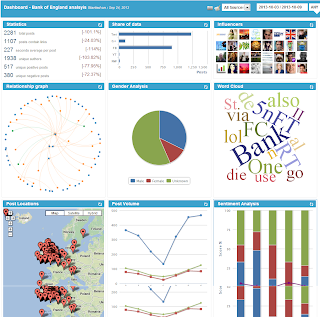The change is radical.
This week CIPR South West heard from Adam Lewis of Immediate Future, one of the leading figures in the online PR space. Practitioners were very mindful of the significance of 'social media'.
The BledCom, this week is about "Digital Publics: New Generation, New Media, New Rules" is a festival of internet mediated public relations research from round the world.
To Reboot PR we have to watch our language.
We use expressions like 'social groups', 'stakeholders' and 'Publics' and in order to recognise people and technologies that might slip through the net of terminology, I would like to use a catch-all expression 'constituent'. This will mean I can include constituents that may otherwise be defines in exclusive groups such as voters, employees, customers, prospective customers, audiences and so forth. All of them are constituents of some kind.
The nomenclature of 'the media' has to change as well. Once it was a descriptor for, mostly, the press. In a time when one's mobile presents you with emails, websites, sms messages (or G+ messages), Facebook comments, essays by or shared through your acquaintances in a variety of digital resources via LinkedIn and synced appointments via Google Calendar which mirrors your office one. All these media and almost none of them have a print or even broadcast counterpart.
Media to me is the means for distribution. Each has unique attributes as much as the newspapers and magazines of old. Today the prospective reach is, by comparison huge; the content can morph and can explode on the hurricane of Twitter or amble through email.
The tenets of online public relations are focused on transparency, Internet agency, organisational porosity, richness and reach of content. They were laid down in 2001 by the UK PR industry internet commission and have not changed a jot - until now.
To reboot PR we have to recognise the huge influence of the internet. Very little PR is undertaken without it being mediated by the internet.
It is a space where some long held and much loved ideas have to be massively modified.
Before we go further, I would like to morph some of the icons of PR language into a form of words that can work on line.
Today, we have to consider the evolution of such ideas.
These tenets have morphed. Today we have radical transparency, porosity, agency, richness, reach.
Over the next few weeks, I shall look at each in turn to see how much work we have to do with each in order to Reboot PR.




